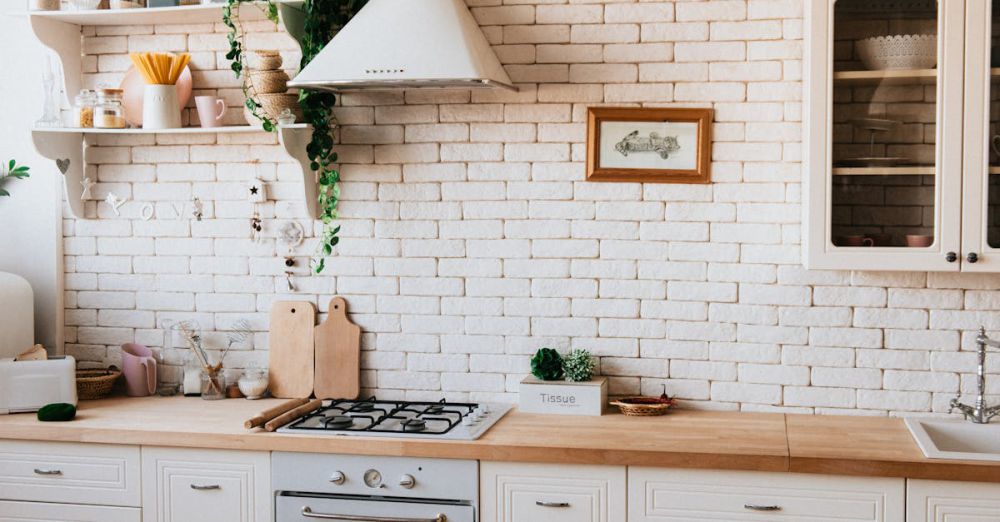How to Spot High-quality Cutting Boards on a Budget
When it comes to kitchen essentials, a cutting board is one of the most important tools you can have. It serves as a sturdy surface for chopping vegetables, slicing meats, and preparing a variety of foods. However, with numerous options available, finding a high-quality cutting board that fits your budget can be challenging. Knowing what features to look for can help you make an informed choice without breaking the bank.
Material Matters
The material of the cutting board significantly impacts its durability, performance, and maintenance. Common options include wood, plastic, and bamboo, each with their own pros and cons. Wooden boards, especially those made from hardwoods like maple or walnut, are renowned for their durability and ability to self-heal, meaning small knife marks close up over time. However, they can be more expensive.
Plastic boards, on the other hand, tend to be more affordable and are dishwasher safe, making them easy to clean. Look for boards made from high-density polyethylene (HDPE) as they resist deep cuts and are less prone to harboring bacteria. Bamboo is an eco-friendly option that is generally budget-friendly, but it may not be as durable as hardwood. Assessing your cooking habits can guide you toward the right material.
Thickness and Weight
When shopping for a cutting board, consider its thickness and weight. A thicker board tends to be more stable and less likely to warp over time. Look for boards that are at least one inch thick for optimal durability. Heavier boards are also less likely to slide around on your countertop, providing a safer chopping experience.
While lightweight boards may seem convenient, they can be a nuisance during use. Choose a board that feels solid in your hands, allowing you to chop with confidence.
Surface Texture
The surface texture of a cutting board can greatly affect its performance. A board with a smooth surface is ideal for slicing bread or rolling out dough, while a textured surface helps grip the food and prevent slipping. If you frequently prepare meats, a board with a slight texture can help keep everything in place.
Additionally, be cautious of boards with deep grooves or excessive designs, as these can trap food particles and bacteria, making cleaning more challenging. A simple, flat surface is often the best choice for versatility and ease of maintenance.
Size and Shape
Cutting boards come in various sizes and shapes, from small, portable boards to large, multi-functional surfaces. Consider the space you have available in your kitchen and how you plan to use the board. A larger board can accommodate big meal prep, while a smaller one can be perfect for quick tasks.
Rectangular boards are the most common and versatile, but round or square shapes can also be used effectively. Make sure to choose a size that fits comfortably on your countertop and provides enough working space.
Maintenance and Care
The longevity of your cutting board largely depends on how well you care for it. Wooden boards require regular oiling to prevent drying and cracking, while plastic boards can typically be cleaned in the dishwasher. Ensure you choose a board that aligns with the amount of care you’re willing to invest.
Look for boards that are easy to maintain and don’t require extensive upkeep. With proper care, both wood and plastic boards can serve you well for years.
Finding the Right Board for You
Before making a purchase, take the time to read reviews and consider the warranty offered by the manufacturer. Many quality boards come with a satisfaction guarantee, giving you peace of mind. Check local kitchenware stores, as they may offer discounts or clearance items that can help you snag a high-quality board without overspending.
Additionally, consider supporting local artisans who create handcrafted boards. Often, these products can offer excellent quality for a reasonable price, and you may find unique designs that enhance your kitchen.
The Right Choice Awaits
Finding a budget-friendly, high-quality cutting board is entirely possible with the right knowledge. Focus on material, thickness, surface texture, size, and maintenance requirements to make an informed decision. With a little research and consideration, you can elevate your culinary experience without stretching your finances. A well-chosen cutting board not only improves your kitchen tasks but can also add a touch of style to your cooking space. Happy chopping!







